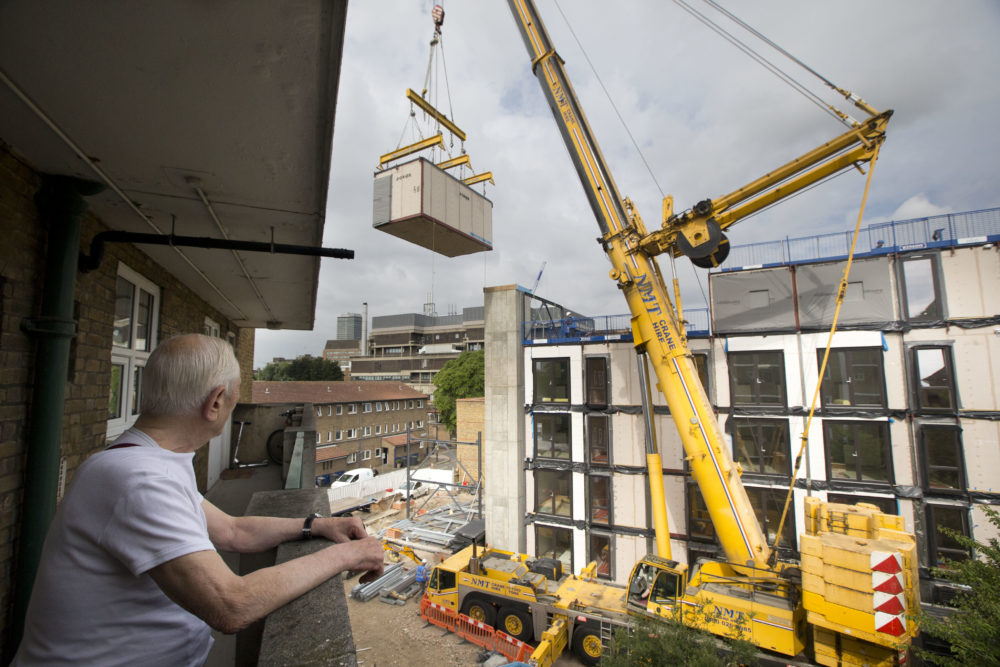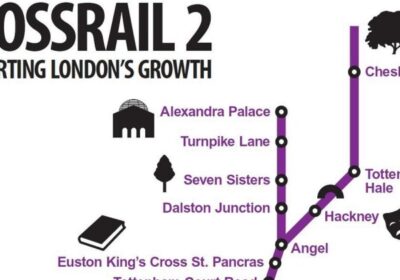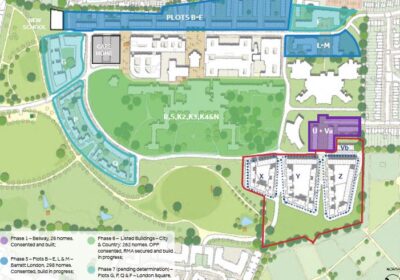Four years ago, I was part of the Pocket team opening Sail Street one of three compact modular buildings Pocket delivered working with Vision Modular Systems in Lambeth.
At the time it felt like we were heralding a bright future for modular and the construction industry. Possessing an aging labour profile, the construction industry needed to change and fast. Smart modular factories springing up across the country meeting the demands of a growing population’s housing needs felt like the right solution at the right time.
Yet despite some gains, four years on its not quite happened for modular in the way many imagined in the UK housing sector. It’s still a shallow and largely untested sector. Here’s my view as to why.
The economy, or is it?
The general economic environment in the UK is partly the culprit. We have had Brexit and a pandemic to grapple with. This has made it difficult for private sector to step up and make big bets on modular.
Starting up a factory is capital intensive. Those that have taken the plunge have found it far tougher to meet their business plans.
There is quite a lot of anecdotal evidence of many others that have shied away. Taking forward investments in the face of economic uncertainty has proved too much for some. This has no doubt impeded capacity expansion.
Planning, again
It isn’t just economic uncertainty which has held back the modular sector. Planning uncertainty is also a culprit.
Planned housing supply is bedevilled with delays. It is not possible to predict when and how a planning decision might crystalise. Large and small projects are often stuck in the system. This makes it very difficult for factories to prepare their own pipelines if the developers cannot pass on workable consents.
Here is the big point though: it’s pretty much unheard of to find a developer willing to start detailed design of a project before they have a planning consent bagged. Some might take a punt on a resolution to grant, but most will wait till they have a signed Section 106 and a cleared judicial review process.
There is a simple reason for this. It’s eye wateringly expensive to get a planning consent these days and everything that is spent is potentially non-recoverable. No developer wants to design a building in detail only to find that they have to lop off several storeys or move massing around halfway through the determination process. That’s just cash up in smoke and so they wait. They wait until the consent is bagged and their risk is lower before injecting the cash to make the plans building ready.
The implication is that the larger in scale and the denser the scheme, the less likely a developer is going to design for a modular system which is inevitably more bespoke. The sector has picked up on this. Granted, there is a bigger modular market than say five years ago, but in the main it is driving for lower rise housing typologies not denser flatted typologies.
What this all might mean
The only way we are going to achieve lasting solutions to housing is through densification of urban sites. That means finding ways of delivering more efficiently both in planning and construction.
The example of Sail Street, now more than four years old is a shining example. It was delivered to new homeowners in just over a year from start on site. However, four years on it’s doubtful we could pull this off again. There hasn’t been an increase in operators delivering high density turn-key modular that future Sail Street type schemes require. Instead, the shift is to low rise housing typologies
More capability at the low-rise end is no bad thing. However, what the housing market needs to see is a modular sector capable of delivering for all typologies of housing. Unfortunately, four years on from the opening of Sail Street it appears we are a long way away from that prospect.










